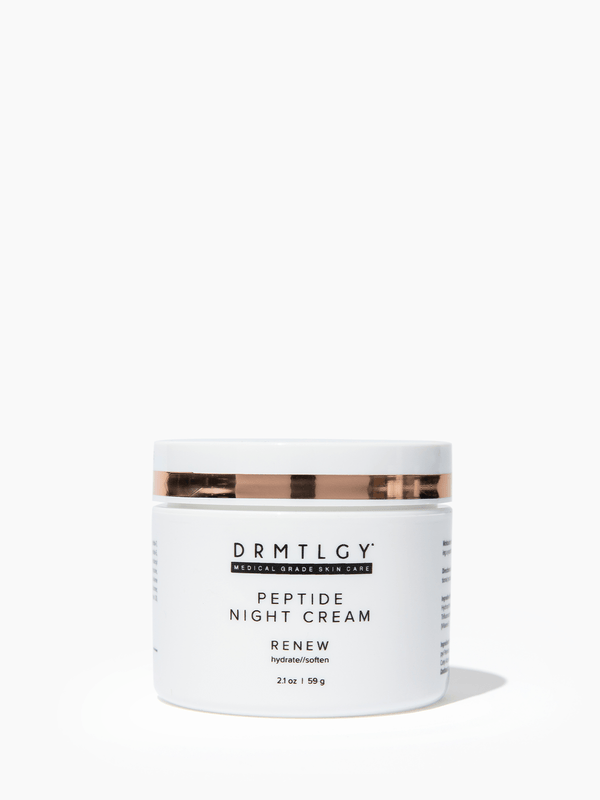
One of the primary goals of skin care is to achieve smoother, healthier skin. Of the many products that work to improve our skin texture, exfoliants rank high on the list. They’re simple to use, very effective, and unlike most skin care products, their results can be seen are fairly immediately. Here’s everything you need to know about proper exfoliation.
What is Exfoliation?
Our skin is constantly shedding its dead cells, and replacing them with healthier new ones. Over time, these dead cells, along with natural debris, begin to build up on the surface of our skin. The process of removing them is known as exfoliation, and it can be done both chemically and physically.
Physical exfoliation, as the name implies, is achieved by physically scrubbing your skin to clear the grime. This can be done by either rubbing the skin with a rough apparatus, such as a washcloth, loofah, or brush, or it can be done with an exfoliating scrub. These scrubs contain fine granules (the finer, the better) that clear the skin as they’re rubbed on and washed off.
Chemical exfoliation, on the other hand, involves using products that contain alpha hydroxy acids (AHAs), beta hydroxy acids (BHAs), or specific enzymes that break up the cells and debris on the skin’s surface, making them easy to remove.
Why is it Important?
By clearing the remains of old skin cells, exfoliation works to improve the overall health of your skin. If your skin is acne-prone, exfoliation can help clear clogged pores that lead to breakouts, as well as help to fade scars and encourage cellular turnover.
The accumulation of dirt and debris on the outer layer of our skin also tends to make our skin appear dull and tired. Exfoliating leaves skin feeling softer and looking healthier and brighter right away. Furthermore, the grimey top layer of skin acts as a roadblock for skin care products—exfoliating that grime away allows products to penetrate deeper, rendering products much more effective.
How to Do It
If you’re using a physical exfoliant, first wash your face with your favorite cleanser. Afterwards, apply a quarter-sized amount of facial scrub and gently massage it into your face and neck in circular motions. Rinse off with water, and pat dry with a clean towel.
Should you opt for a chemical exfoliant, again, begin by using a regular cleanser. Apply the chemical exfoliant to your face and neck and let it sit until it’s completely absorbed. Certain types of chemical exfoliants are often called “peels,” and typically should be washed off after a few minutes. Be sure to follow the directions on the label of any product used.
As important as exfoliating is, it’s equally important not to overdo it. Facial exfoliation should be limited to one to three times per week, as any more frequently can strip away too much of your skin, or cause micro-tears in the skin’s surface.
















